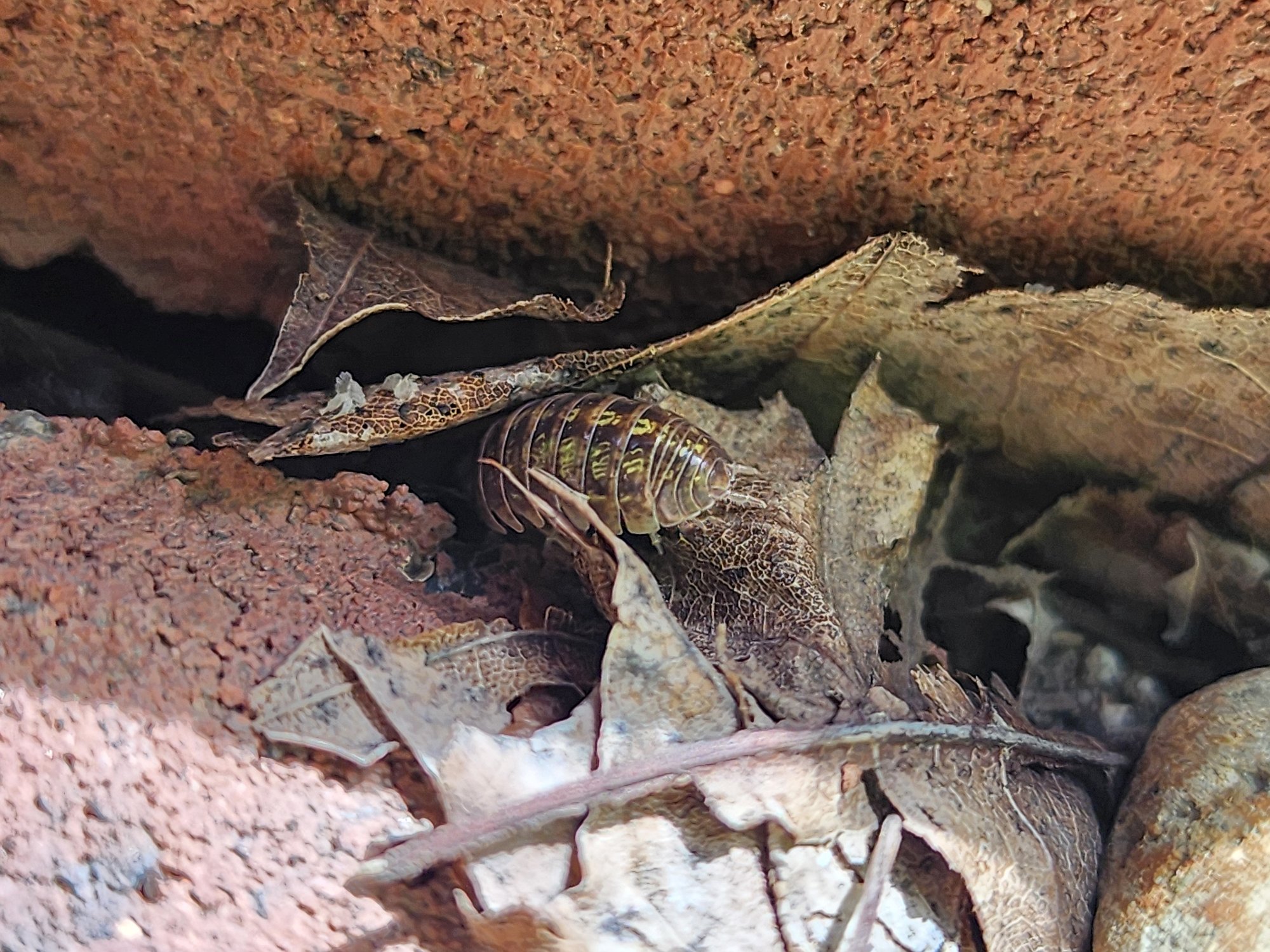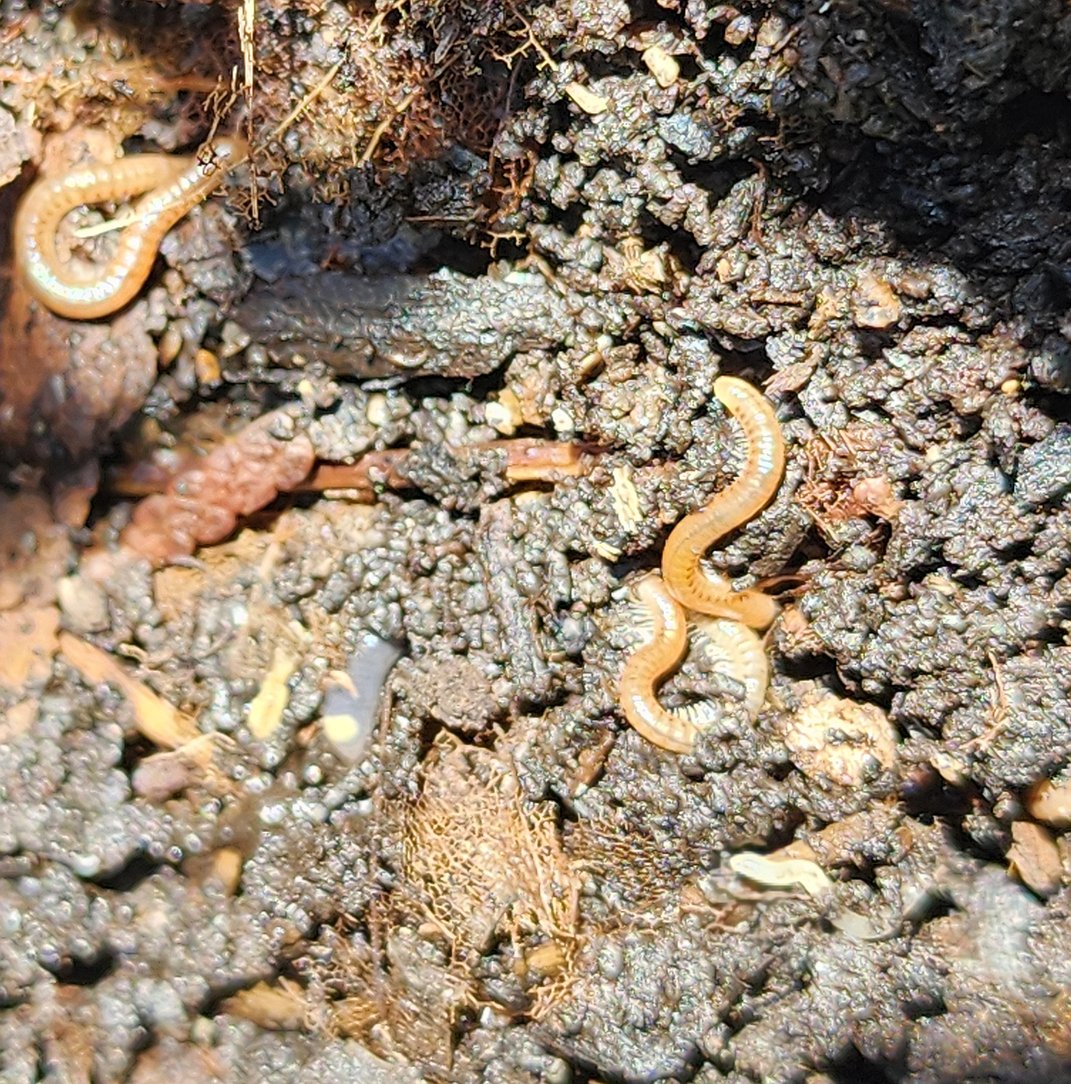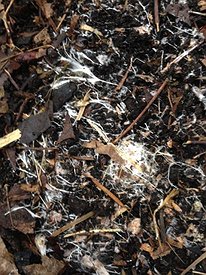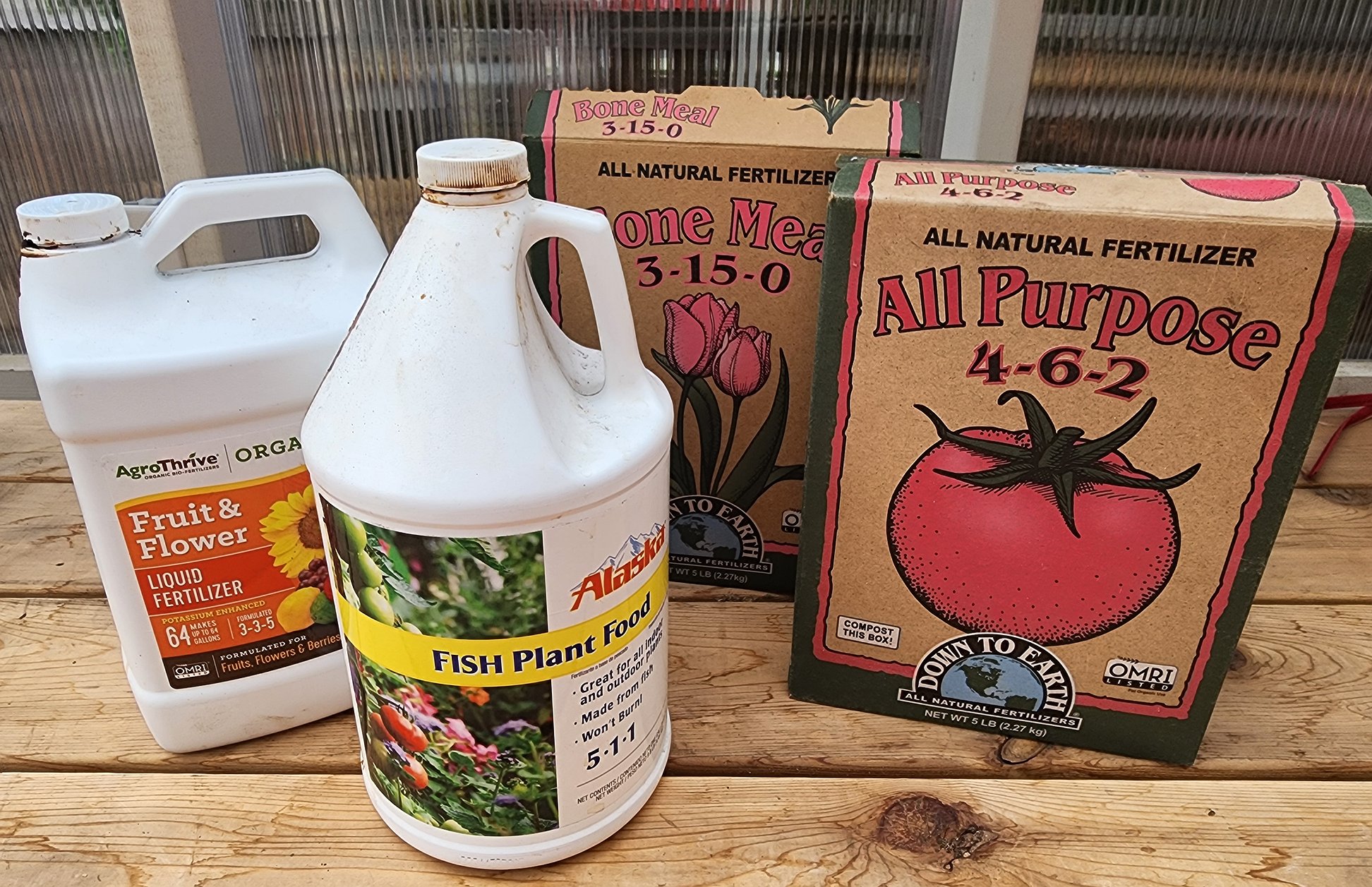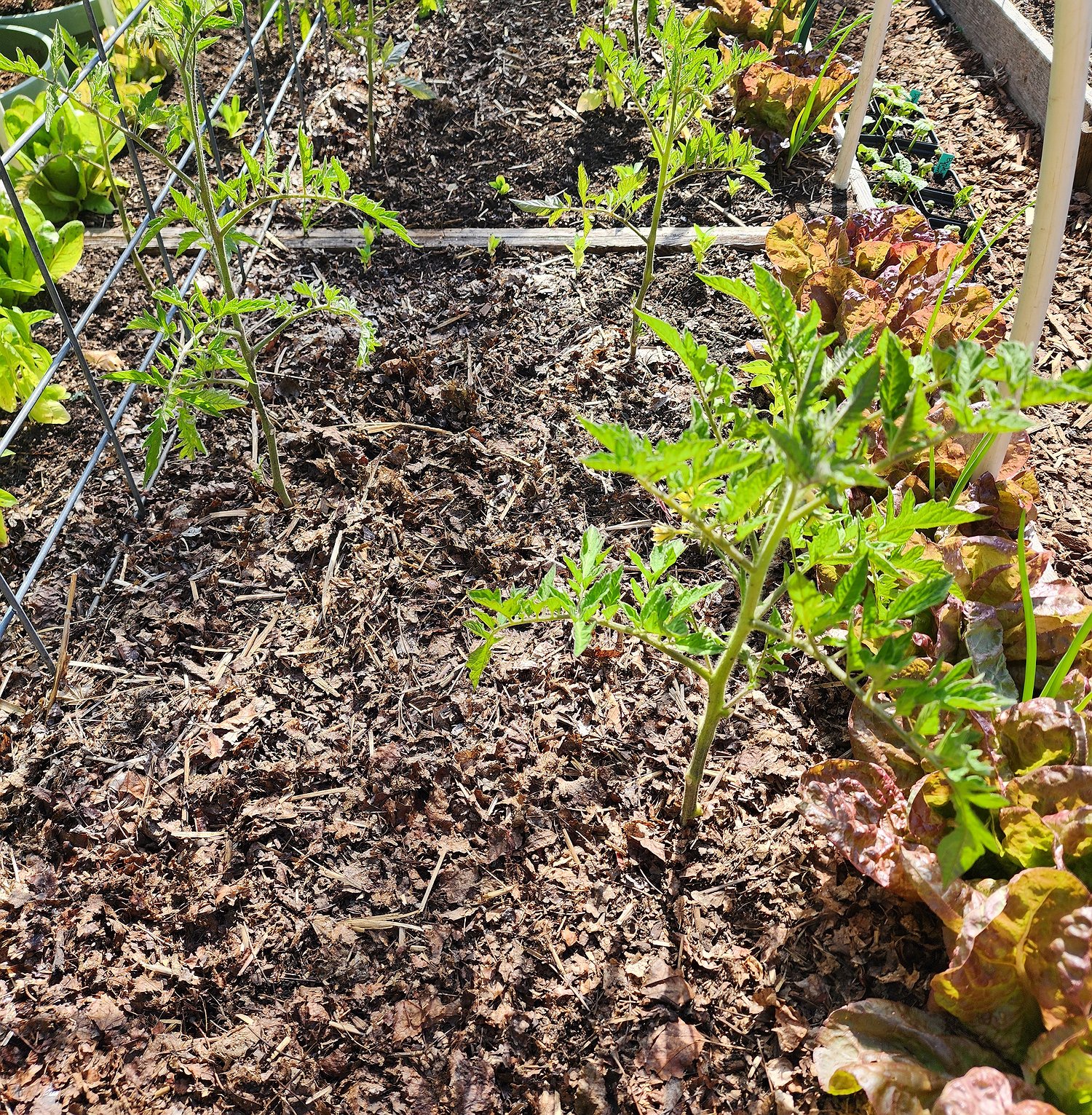Compost vs. Fertilizer: Understanding the differences for soil and plant health
What gardener doesn’t delight in a lush, flourishing garden? Whether we are growing flowers or vegetables (or both), we want a beautiful, productive garden.
We fuss over the plant stock — choosing the best-looking, most vigorous, and healthiest ones to grow in our gardens. Then we spend the gardening season fertilizing because garden success depends on how well those plants perform.
But our focus is misplaced. To achieve healthy and vibrant gardens we must look to our soil. Your garden’s soil is the foundation upon which everything is built. A productive garden is much more dependent on soil quality than the quality of the plants or the quantity of fertilizer applied.
Understanding the difference between feeding (amending) the soil and feeding (fertilizing) plants is important. If your garden soil is enriched with organic material like compost, then the need to add costly fertilizers is greatly reduced.
Compost and fertilizer are not interchangeable. Compost achieves results that fertilizer cannot, such as improving the structure of your soil. Fertilizers can correct nutrient deficiencies in the soil that may be lacking in compost.
What’s in the soil?
Soil is not an inert substance. In addition to sand, silt, and clay, soil contains about five percent organic matter and is alive with millions of organisms. One teaspoon of garden soil contains around 1 billion individual microscopic cells and 10,000 species.
Scientists continue to learn about the relationships between soil, soil organisms, and plants. However, we know plants grow in partnership with this biodiverse community of micro- and macro-organisms including fungi, beneficial bacteria, nematodes, insects, and earthworms.
These organisms break down and convert organic materials like compost, leaves, and rotted manures into nutrients and minerals that plants can use. This is known as the soil food web.
Macro-decomposers like earthworms, pillbugs, and ground beetles slowly consume organic materials returning their nutrient-rich excrement to the soil. Oxygen-loving bacteria and fungi improve soil by producing ammonium as they consume organic material, which provides nitrogen for healthy plant growth.
The white web-like substance often found below the soil surface is evidence of mycorrhizal fungi. This network of essential fungi penetrates plant roots to deliver nutrients that are not as easily accessible to the plant. In return, the plant feeds the fungi sugars — creating a symbiotic relationship.
Feeding the soil
Compost and other organic materials are soil amendments, not fertilizers. Unlike fast-acting fertilizers, organic matter slowly improves soil over time as organisms break it down.
This slow continuous process has greater overall benefits that include:
• Adding beneficial microbes to the soil.
• Feeding the soil food web to produce nutrients for plant growth.
• Improving soil structure, especially in sandy or clay soils.
• Aiding in soil drainage, aeration, and moisture retention.
• Suppressing weed growth and regulating soil temperature.
• Reducing the need for chemical fertilizers.
When to amend
The optimal time to add compost or other organic matter is in the fall after the growing season is completed. This allows ample time for the material to break down and feed organisms over the winter, producing enriched soil in the spring.
A 1- to 2-inch layer on top of the soil is sufficient for established garden beds. There is no need to turn or till it into the soil. Doing so disrupts the soil food web, destroying organisms and the soil’s structure.
However, compost can be added at planting time or to side-dress around plants anytime during the growing season.
Feeding plants
Fertilizer, organic or synthetic, is ideal for providing targeted nutrients for specific plant needs. It helps compensate for nutrient loss in container-grown plantings and corrects nutrient deficiencies in garden soils.
Organic fertilizers are made from plant or animal sources, are less concentrated, and are predominately slow-release. It may take days or weeks for soil organisms to transform the nutrients into plant-available forms. They also benefit the soil by aiding in water movement and helping with soil structure.
Synthetic fertilizers are derived from man-made compounds like ammonium nitrate, ammonium phosphate, and potassium sulfate. They are typically water-soluble and quick-acting. And while they will give your plants an immediate nutrient boost, they do nothing for your soil or soil organisms. Since they move quickly through the soil, they require frequent applications, which can lead to excessive salt buildup.
Fertilizing for soil deficiencies
Unfortunately, not all soils are created equal. If specific nutrients are lacking, you can supplement the addition of compost with an appropriate fertilizer.
However, before adding any fertilizer it is imperative to know the condition of your soil through a soil test.
The University of Idaho Kootenai County Master Gardeners provides soil testing services and will send you results and fertilizer recommendations if needed (https://www.uidaho.edu/extension/county/kootenai/garden/clinic).
A little goes a long way
Too often we believe if a little of something is good, a lot is better. When it comes to amending or fertilizing soil a little goes a long way.
Over-fertilizing or adding too much organic matter can harm plants and soil organisms and jeopardize groundwater. It’s also a waste of money. Before using any fertilizer product, read and follow label instructions.
Building healthy soil with organic material takes time, but it results in fewer chemicals in your landscape and a healthy and vibrant garden.
• • •
Candace Godwin is a certified Idaho Master Gardener and the owner of The Coeur d’Alene Coop (thecoeurdalenecoop.com), offering seasonal plant sales and advice on gardening and raising backyard chickens.








